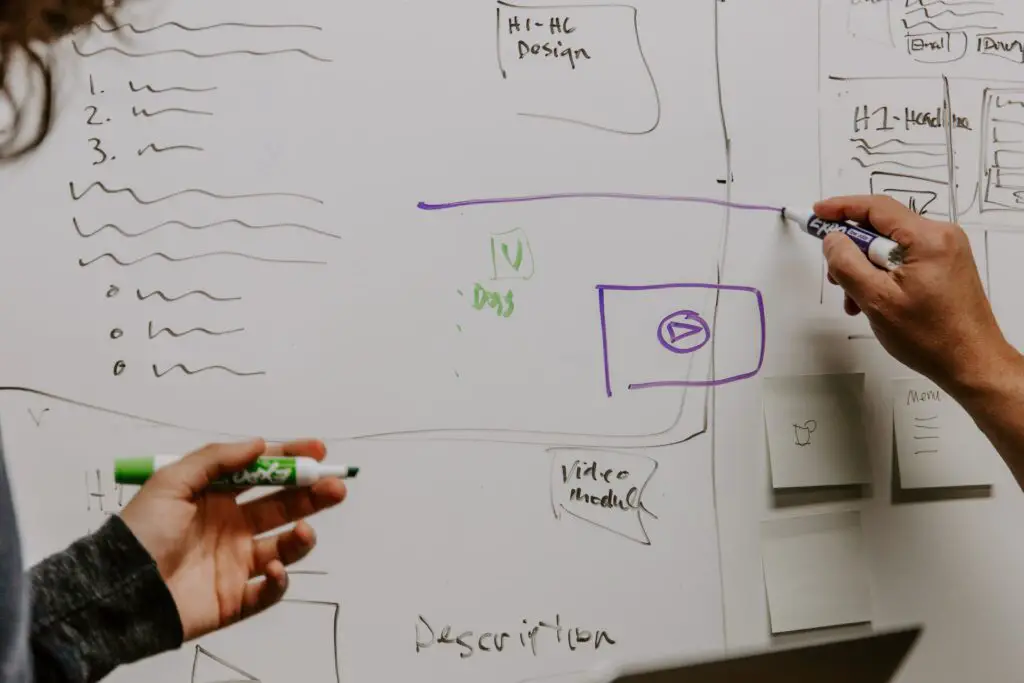The IELTS Reading test is exactly one hour long. In the one hour time, you have to answer several questions by reading three long passages.
The test is divided into three sections. Each section comprises of one long passage accompanied by different types of questions.
Passage 1 and Passage 2 have 13 questions each, while Passage 3 has 14 questions. In total, you have to find answers to all the 40 questions in 60 minutes.
Within this one hour, you also have to write answers in the Reading Answer Sheet. Usually, the answer is a letter, a word, a number, or a phrase.
| Caution |
|---|
| Transferring your answers to the answer sheet has to be done within the one hour. Extra time is not provided unlike in the Listening test. |
The final answer you write in the answer sheet has to be written properly in large and eligible handwriting, and it must have correct spelling and grammar.
Types of passages
Any topic under the sun could feature as a question passage in the IELTS Reading test. These passages are adapted from real texts published in newspapers, journals, magazines, or books.
Test creators select articles of popular interest, which a layman might find difficult to understand but should not be a problem for an educated person.
Most commonly, passages in the Reading test deal with the subject matter of technology, culture, science, history, biography, and environment.
The three passages you get in the exam will not be related to each other. Rather they will be on three different topics.
The passages might be descriptive, which provide information on a topic, or they might be argumentative, which try to advocate for a particular point of view.
The length of the passage could be between 450 and 900 words.
You can read articles at National Geographic Magazine or BBC Earth to get a general idea of what types of passages you get in IELTS Reading.
IELTS Reading Question Types
There are 11 possible types of questions which might appear in any IELTS Reading test.
You might not be asked from all 11 question types in the test, and which types are actually asked is completely random.
The total of 40 questions in the test could belong any of the following question types:
- Fill in the blanks
- Short-answer questions
- Multiple choice questions
- Matching sentence endings
- Matching headings
- True, False, Not Given
- Yes, No, Not Given
- Diagram labeling
- Classification/Matching features
- Global multiple choice question
- Locating information
Skills required for the IELTS Reading test
Fundamentally, the IELTS Reading test evaluates whether you can read and comprehend academic texts in English.
To judge your comprehension, questions require you to figure out the central theme of the overall passage as well the main ideas in different parts of the passage.
Likewise, there are some questions where you need to find specific information in the text. This evaluates whether you can quickly scan an academic passage to locate key information in a large body of text.
Similarly, you will also be asked to classify information into different categories. You should be able to distinguish between opinions and facts.
Furthermore, understanding inferences and paraphrase is another key skill to build for the IELTS test.
IELTS Reading Academic: What is a good score?
A band score of 6.0 out of 9.0 is required in the Reading section for admission into most undergraduate programs. This means you have to get around 23 questions correct out of the total 40 questions.
You normally have to get at least 30 questions correct to score a band of 7.0, which is the requirement for most Nursing courses.
Click here » to see how the calculation of IELTS Reading scores is done.
Next lesson:
Gaurav Thapa is an experienced instructor of English as a Foreign Language. He has eight years of experience teaching IELTS and PTE.

